Voids on sealing area.
- Posted by Pedro CARABIAS LÓPEZ
- On February 10, 2020
- 0
Voids on sealing area. Observation by X-Ray. Validation by Seal Test.
Would it be enough the sealing material applied at internal area in order to ensure the proper isolation between external and internal environments?
- First point to answer this question:
X-Ray inspection is the non-invasive test that allows to assess part construction, where naked eye does not reach.
As an example, next images are showing external top, lateral and bottom views that belongs to a microcircuit with CCGA-624 package for space application under evaluation:
Whereas X-ray image displays the real sealing material applied all around device perimeter:
- Second point:
Seal Test is recommended to be carried out, both Fine Leak and Gross Leak. In this way, although X-Ray discloses a weak point, parts hermeticity will be validated by Seal Test successful outcomes.
Seal Test must be performed according applicable MIL/ ESCC Methods, which depends on each part family:
-
- MIL-STD-883, Method 1014.13 (for integrated circuit components, and other families as specified)
- MIL-STD-750, Method 1071.8 (for discrete families)
- MIL-STD-202, Method 112 (for Tantalum Capacitors with cavity)
- ESCC Basic Specification No. 21100 (test methods, conditions, procedures and requirements specified herein are closely based on hermetic seal tests specified in MIL-STD-750 and MIL-STD-883)
GET IN TOUCH TODAY!
Do you have questions? Contact us!
- Outgassing and Mating Test - May 6, 2020
- Quality/reliability issues and detection on High Reliability Optocouplers - April 29, 2020
- Voids on sealing area. - February 10, 2020

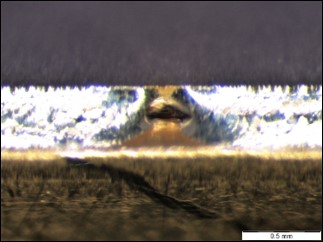
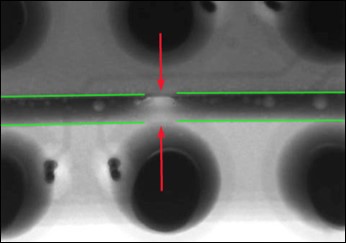
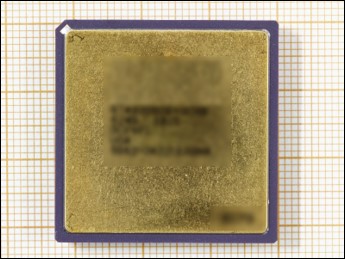
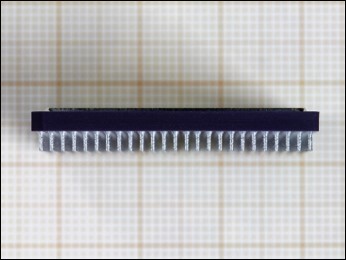
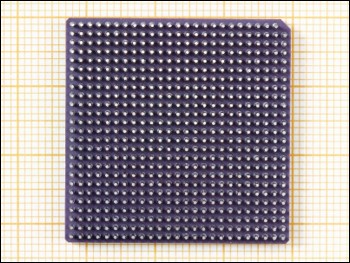
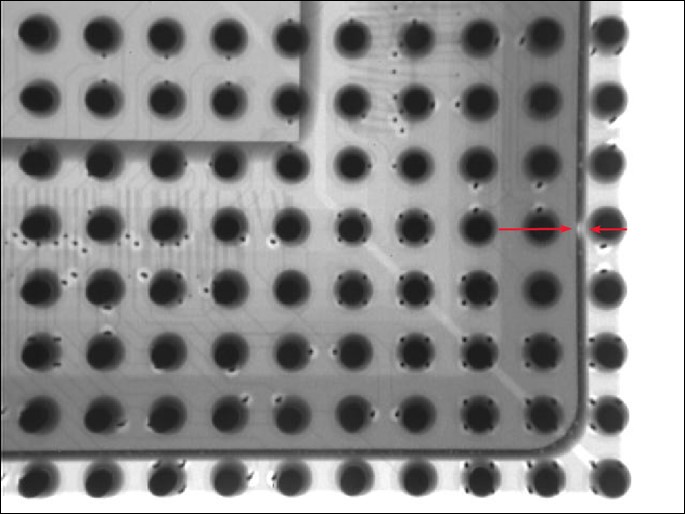
0 comments on Voids on sealing area.